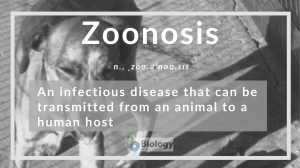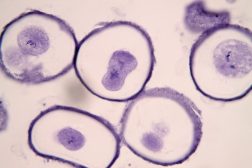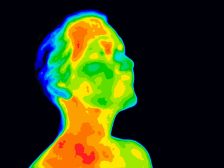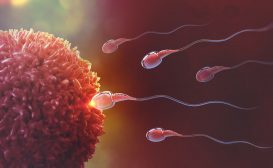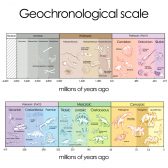
Zoonosis
n., ˌzoʊ.əˈnoʊ.sɪs
An infectious disease that can be transmitted from an animal to a human host. Example is the transmission of rabies from infected dog to a new human host.
Table of Contents
Zoonosis Definition
Zoonosis is an infectious disease that can be transmitted from an animal to a human host. Originally a disease of an animal, a zoonosis has the potential to transmit the disease to humans. The transmission of the disease may occur directly or indirectly.
Etymology: zoo- + Greek ”nósos’ (“disease”). Synonyms: zoonotic disease.
Direct and Indirect
Zoonosis may be transmitted directly or indirectly. An example of direct transmission is when a dog with rabies transmits the disease to humans. Rabies is caused by a viral pathogen that is present in the nerves and the saliva of the infected animal. The virus enters the peripheral nervous system and subsequently to the central nervous system of the human host. The virus causes damage to these organs. Another example of the direct transmission of a disease from an animal to the human host is the transmission of the Ebola virus disease. The viral pathogen of Ebola infects primates and bats. Its spread to humans is presumed to be through direct contact with an infected animal (e.g. primates and monkeys) or with a fruit bat. Other zoonotic diseases that can be transmitted directly are HIV, taeniasis, balantidiasis, etc. Indirect transmission of a zoonotic disease is one in which the disease is spread via a vector. A vector is an intermediate species that serves as a pathogen-carrier but does not necessarily become infected with the pathogen. An example of zoonosis transmitted indirectly is tularemia (also called rabbit fever). The disease is caused by the bacterium Francisella tularensis. It can reach humans by insect vectors, e.g. ticks or deer flies. It may also be contracted by ingesting water containing the causative agent or by inhalation of dust contaminated with it. (Ref. 1)
Reverse Zoonosis
Humans infecting animals is possible and is referred to as anthroponosis (sometimes called reverse zoonosis). (Ref. 2)
See Also
References
- CDC. (2018, December 13). Tularemia. Centers for Disease Control and Prevention. https://www.cdc.gov/tularemia/index.html
- Messenger, A. M., Barnes, A.N., & Gray, G.C. (2014). “Reverse zoonotic disease transmission (zooanthroponosis): a systematic review of seldom-documented human biological threats to animals”. PLoS ONE. 9 (2): e89055. DOI:10.1371/journal.pone.0089055
Further reading
- Investigating SARS-CoV-2 In Animals – BioTechniques. (2020, April 7). BioTechniques. https://www.biotechniques.com/coronavirus-news/from-bats-to-big-cats-how-are-animals-affected-by-covid-19/ (An example of zoonotic disease: SARS-CoV-2 apparently “jumped” from its animal host to humans)
©BiologyOnline. Content provided and moderated by BiologyOnline Editors.
